The Canadian Paradigm knows what surrounds is. Just look at their impressive subwoofers, including models that cost as much as a small city car. If an affordable surround set emerges from them in the form of the Defiance V10 Monitor SE series, we will be happy to get started.
Introducing Paradigm Monitor SE and Defiance V10
Paradigm is a brand that surrounds surround lovers in the Benelux may be less top-of-mind. Names like Bowers & Wilkins, KEF, Dali and ELAC are better known. Yet Paradigm is anything but an unknown star in the speaker firmament. The Toronto-based company has a strong reputation for spectacular speakers in the upper segment, including the special Persona line that you can personalize to your heart’s content and color through an online configuration tool reminiscent of the modules on automotive brands. Or the powerful SUB 2 with six (6!) 25 cm woofers and 9,000 Watt power, yours for only 15,000 euros!

The Monitor SE line is, however, much lower in the market. Even more, it is the new entry range of Paradigm, with prices that are really not that high. We test the combination of two Monitor 6000F floor uprights (599 euro / piece), two Monitor SE Atom bookshelf speakers (179 euro / piece) and the 2000C (229 euro). In addition, distributor Penhold supplied the brand new Defiance V10 subwoofer, a real first. The interesting thing about the V10 is that it is equipped with its own correction system to compensate standing waves. You can also set it up completely via an app. If desired, you can extend the V10 with a wireless module so that no cable has to run to the receiver. But we have not tested the latter.
Understated
The Monitor SE series is available in black or white. The loudspeakers are given the price well finished, with a solid housing without many visible seams or screws. Do not expect too many tierlantijntjes or wild design spills. They are functional, rectangular speakers, where the somewhat ovalere grilles are the only unusual design elements. The white version has a gloss lacquer, which we consider more valuable than the matte black version. The neat appearance is disturbed with the white 6000F floor stand if you remove the grille. You then look at a powerful array of four woofers and a tweeter, but which is surrounded by 12 black fixing points for the grille and with visible screws on the four drivers. That makes the white speaker very busy for us. The black 6000F may be less noticeable.
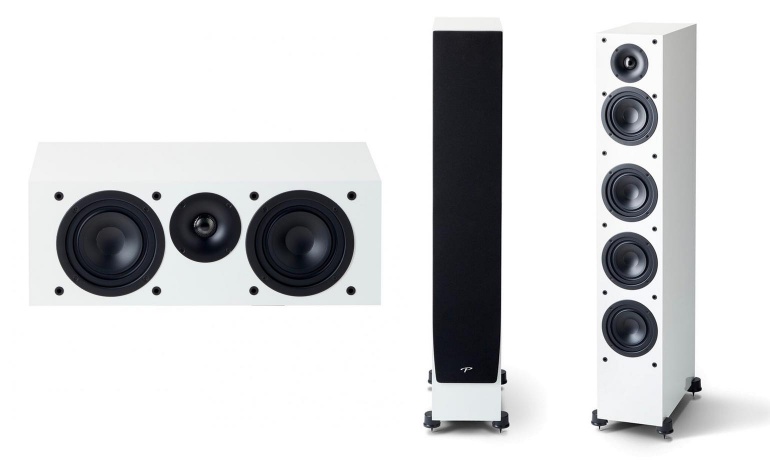
Nevertheless, we do not want to give the impression that Paradigm simply screwed up some drivers in a cupboard and then shouted: “Ready!”. The fact that the construction is more sophisticated is shown, for example, by the wave guide around the sunken large tweeter that can be found on the 6000F floor stand, Atom bookshelf speaker and 2000C center. To begin with, a metal grill has been installed for the tweeter to slow down the direct radiation and push the sound to the sides. Here the sound waves end up in the wave guide that is designed to broadcast sound wide. This also ensures that the Paradigms have a better phase coherence. Read: the higher tones arrive at the same time as the lower ones, which is expressed as a tighter, faster sound. This is important for the music in a soundtrack, but also to ensure that quieter sound effects in a larger soundtrack unit do not disappear into the background.
Traditionally set
There is a trend to compile surround packs that consist of large floorstanders and small centers and rearspeakers. Think of the Jamo Studio 8-set that we recently put on the rack. This is of course possible and is just a little more convenient in modest living rooms. The weak point is often the center speaker, perhaps the most important part of a surround setup. With the Paradigm Monitor SE-set we receive that imbalance is not. Yes, the Atom loudspeakers that we use as surround back channels are not too big, but the cabinet does have a certain depth.
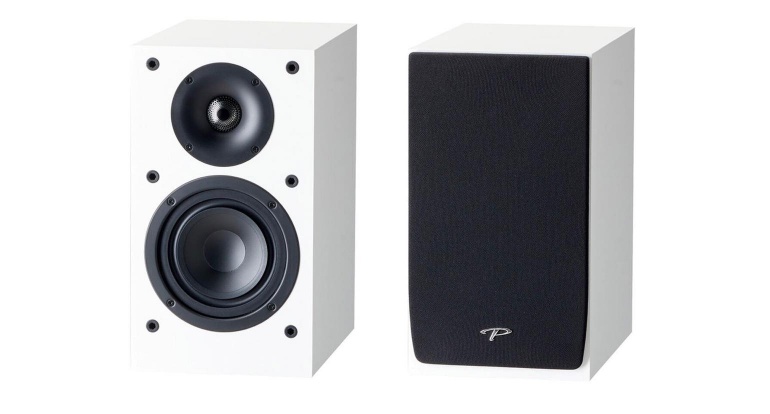
The 20-kg weighing 6000F floor uprights that can be left and right in front (or the stereo channels) their account is pretty hefty speakers of 105 × 23 × 36 cm. In addition to a tweeter, they also have four large drivers (three woofers, one midrange) each of 140 mm in diameter, with 3 bass ports at the rear. That makes this Monitor SE floorstanders speakers that are sensitive to the placement in relation to the wall. We would still recommend keeping a certain distance from the wall. If you are looking for more compact floor stands, there is also the smaller SE 3000 F.
The same advice applies to the 2000C center speaker, which combines two 140-mm woofers and a 25-mm tweeter (again with the recessed waveguide) with two bass ports at the back. We were able to substantially adjust the sound of the center during testing by moving the center speaker closer or further away from the wall. If you put it in a piece of furniture, it will be very present in terms of bass. In that case, you should dive into the equalizer of your receiver or mute the ports. Paradigm always portrays the 2000C on a stand. No coincidence according to us, because this seems to be the best option for this (otherwise excellent) speaker.
Subwoofer with room correction
And then there’s that Defiance V10 subwoofer, which is not officially part of the Monitor SE series . But it is a subwoofer that you would combine with these speakers, yet if you are someone who believes that a good sub is the foundation of a surround setup. It is indeed a more expensive model, but investing more in a more valuable subwoofer is often beneficial because you can better compensate for those other, cheaper speakers. Especially when you talk about a sub such as the V10 with a lot of cutting-edge technology. The V10 is the middle of the three new Paradigm Defiance V-line, which stands next to the higher Defiance X-series. You still have the simpler V8 and the V12.
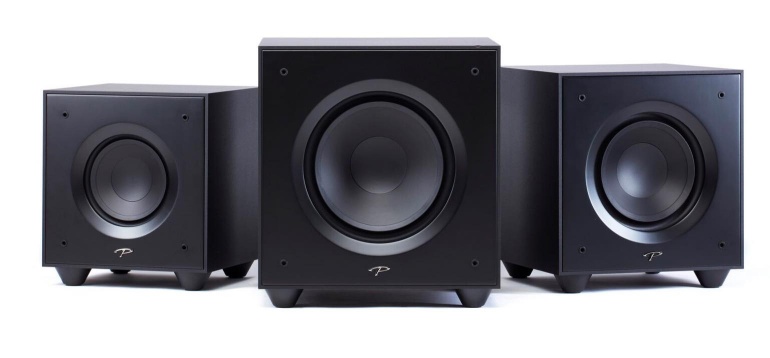
It was not so long ago that you almost never met subwoofers with a built-in system to compensate for room modes. That is now different. For Paradigm, room correction is of course almost part of the DNA, thanks to the close relationship with Anthem. The new Defiance line of paradigm subwoofers is equipped with a version of ARC that corrects low tones. The fact that it is about the same system is immediately apparent when you start working on it. You simply use the ARC app from Anthem on your mobile device (iOS and Android) or the more extensive ARC app on your Windows PC. There is as yet no app for macOS available.

The mobile app and PC version of the ARC software are not the same. The ARC Mobile app is more user-friendly and guides you through a step-by-step plan to take the measurement. You can also simply use the microphone from your smartphone or tablet. It is nice that you also have the option to connect the official ARC measuring microphone to your mobile device via a USB adapter and to use it. The ARC microphone is simply more accurate than the microphone of a few cents in your smartphone, although the difference in a measurement of low frequencies is perhaps a little less crucial than with a full measurement. Unfortunately, the microphone is not included with the Defiance V subwoofers, but with the Defiance X series and the Anthem receivers. The PC version of the app only works with a USB microphone and supports the reading in of a calibration file of the microphone. You can download such a file from better brands. If you hit an official microphone on the head, you have to connect the PC to the subwoofer via a second USB cable.
One big difference between the PC version and ARC Mobile is that you can not use your smartphone. really see what the software will correct correctly. On the PC you can still adjust limited things. You do the correction with the ARC system before you make a general measurement with the room correction system of your receiver.
Full control over the Sub
Measuring with ARC is done via the ARC app, but the Defiance V10 can be operated completely via the Paradigm Subwoofer Control app. This is a very complete, perfectly finished app that lets you control the V10 to perfection. You can, for example, turn ARC on and off, in order to determine the difference with your ears. But there is so much more to do: adjust the volume of the sub, specifically make deep basses (20-30 Hz) louder or quieter, set a low pass filter, switch between display modes (film, music and night) and change the phase. There are some things that can influence your measurement via the receiver, so it is a bit of thinking about what you adjust when. Experimenting with the Control app does not hurt, however. You will eventually have to tune a surround setup in such a way that you like it yourself.

Submerged and pampered
We again use the Denon AVR-X6300H as the receiver in this test, with a Oppo UDP-203 and Panasonic DMP-UB824 as video sources. After setting up the Defiance V10 via ARC, we measure the room through the Audyssey MultEQ app. We choose the Reference filter from MultEQ XT32 Dynamic EQ is disabled. In terms of sound modes, we choose to play movies directly and switch music between stereo and surround-up (Dolby or DTS, whichever sounds better).
The power of the Paradigm Monitor SE speakers is that they are wide radiate, but that the sound image does not become too diffuse. The center speaker and the 6000F floor uprights also complement each other well, perhaps also because the 2000C is not a crush. That is exactly what is needed to properly reproduce the unusual soundtrack of ‘Sicario: Day of the Soldado’ (Ultra HD Blu-ray, Dolby Atmos), the sequel to the first Sicario film with a chilling Benicio Del Toro. No Emily Blunt this time, but a Del Toro and Josh Brolin who compete for the trophy ‘most exhausted narco-fighter ever’. The first Sicario was a very special soundtrack, thanks to the contribution of the Icelandic composer Jóhann Jóhannsson. Instead of putting bombastic music such as Hans Zimmer on the action, he opted for soundscapes that give the film a very threatening, nervous feeling – something that gave the film soundtrack to Sicario in 2015 an Oscar nomination. Unfortunately, Jóhannsson died earlier this year. That is probably why Day of Soldato is not as successful in terms of soundtrack, although it remains true to its predecessor. On the Paradigms the audio sounds as it should be: very big and wide, just like the desert in which it plays. The surround field goes far beyond the speakers, especially if we do not turn on the speakers.

It reminds us all of the Dali Oberon set we have just tested, which are also characterized by a wider radiance of the middle and high. We added the disc of ‘Atomic Blonde’ (Ultra HD Blu-ray, DTS: X) that we have watched extensively with the Oberons. The scenes in the Berlin nightclubs and discotheques put the Paradigms down for a moment. Well-known hits from the late eighties (such as ‘Cities in the Dust’ by Siouxsie and the Banshees) play in the background; the Paradigms really make you feel like you’re there, in a grubby big, hollow factory hall that doubles as a disco. The Oberons were perhaps somewhat more enveloping, but both the Dalis and the Paradigms are strongholders in this area. We also note that the Atom rear speakers are stronger than the Oberon 1’s, which we notice during a fight that arises when the East Berlin polizei Charlize Theron catches in an apartment. When she throws a pistol into a Berlin courtyard afterwards, you hear the weapon far away to the left behind the ground. The slightly fresher tuning of the Monitor SE speakers compared to the Oberons helps to give effects a better placement and also brings much detail from the 2000C center.
What is striking is that even after many adjustments we use the combination Monitor SE and V10 subwoofer do not really get a heavy bombastic mix. That is of course a must. It is just what you like, because the Defiance supports the speakers with fine SFX. At Pacific Rim Uprising (Ultra HD Blu-ray, Dolby Atmos), for example, the battles between Jaeger robots and Kaiju monsters sound fierce, but not as spectacular as we like. Spectators may miss that localized earthquake if a Jaeger goes down with a big bang.
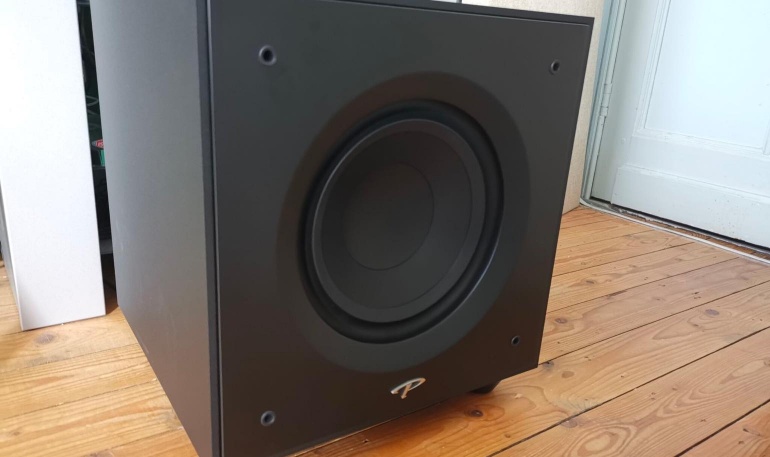
The V10 uses a bit too much refinement for this violence – which, incidentally, is a better choice for music and less spectacle-oriented soundtracks, such as from Sicario. Increasing the Deep Bass Level via the app helps a lot, although you lose to our feeling or detail in the whole layer. Adjusting this setting with music has hardly any impact, because few tracks dive so deeply. Perhaps the V12 with its larger woofer would have been a better option in this space? Enabling Dynamic EQ on the Denon receiver also helps with this.
Recent nice remixes of the early work of Kate Bush have appeared. Atomic Blonde led us back to the 1980s, so it makes sense to stick to a music test for a while in that decade. The Monitor SE and Defiance V10 appear to come relatively well from the angle. The subtler approach of the sub fits (as we already suspected) well with songs from Bush (Roon, via the Oppo UDP-203) which we listen to in DTS Neural:X like the classic ‘Wuthering Heights’ . They are tracks that do not have that much basic information about their era, so we switch to music from 2018 and the brand new ‘Mare Land’ from The Good, the bath & the Queen (the occasion project of members of Blur, Verve, Fela Kuti and The Clash). Quickly that Dynamic EQ function off, because that really does not work here. Without it sounds much more natural and, however, and the V10 delivers after some adjustments just perfectly low – without languid woolly sounds. A gourmet sub, we think.
Conclusion
If you like a large surround sound in which all details are placed quite accurately, then you are at the right address with these Paradigms. They offer a lot for their prize: a more than decent music reproduction, a fresh but not overly sharp reproduction of detail and a room-filling experience. The price tag is not too high. No member of the Monitor SE family that we tested was weaker. You do not always have that balance at this price point. The Defiance V10 is technically an interesting subwoofer with many useful functions, such as app control and ARC room correction. In our test it was mainly about a subwoofer that can support music well, just like film soundtracks with lots of subtle effects. Funnily enough that is something that many subwoofers fail faster and the V10 excels in.

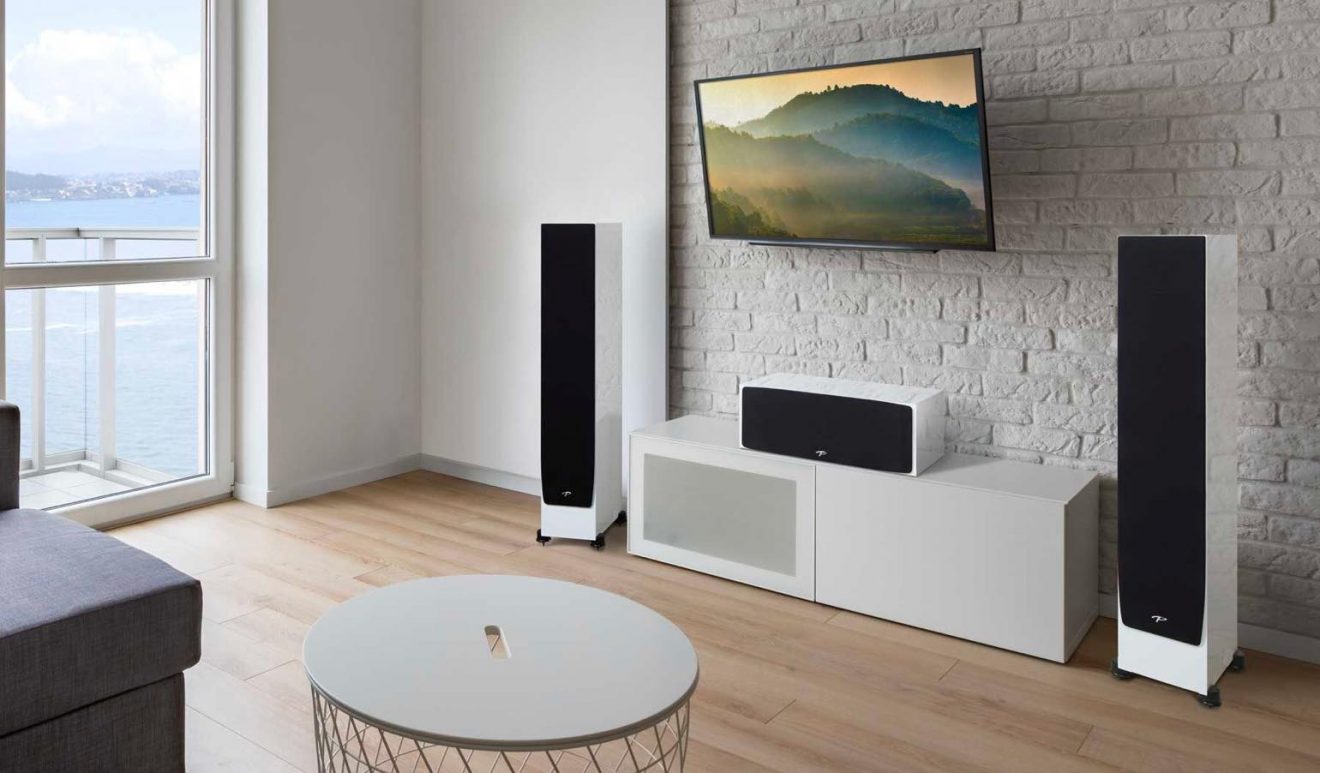

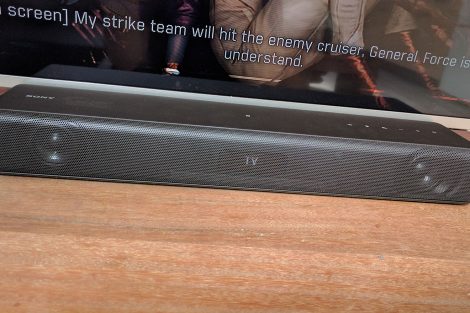
Add Comment